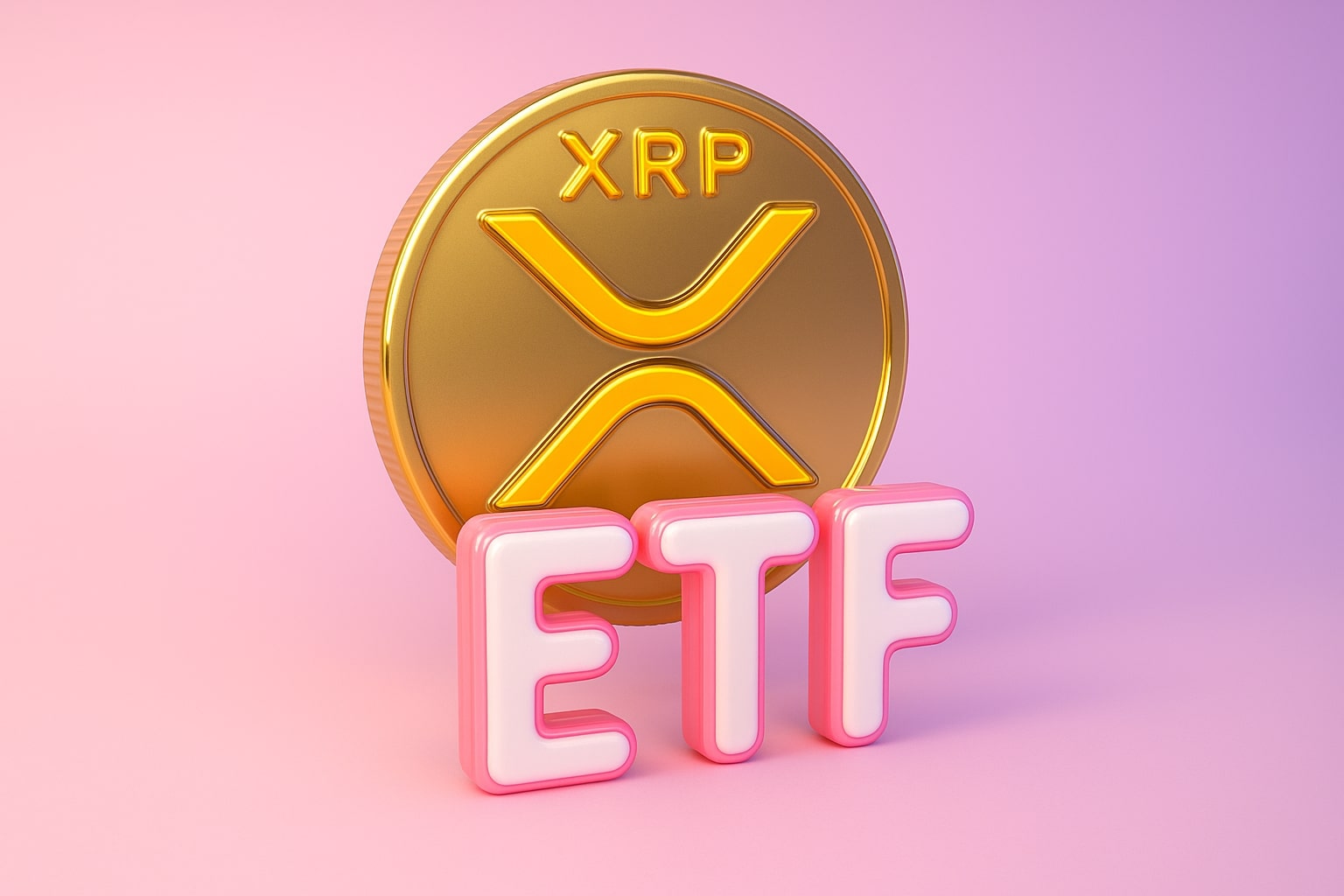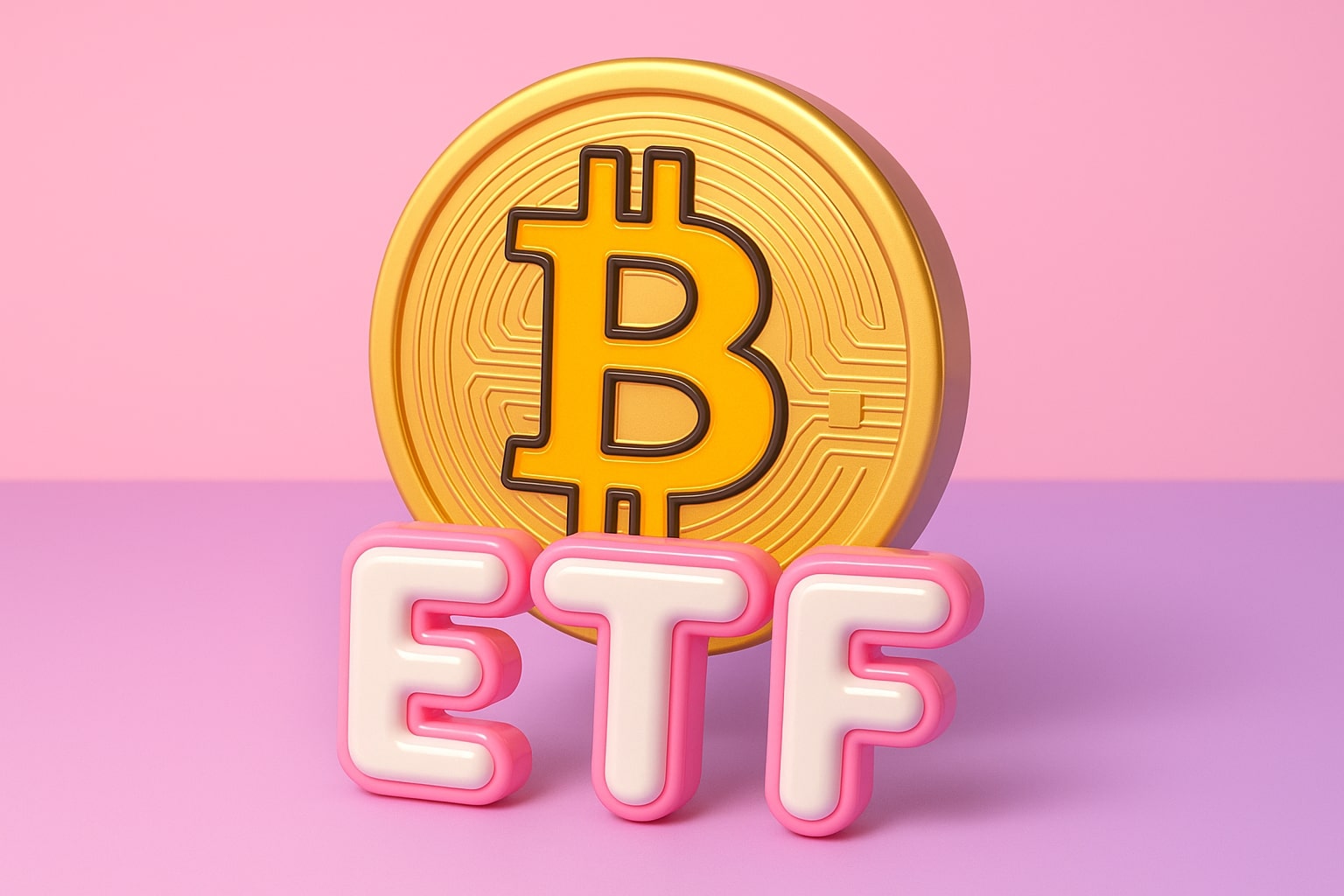Wall Street Pullback as Overvaluation Fears Intensify
U.S. equities retreated on Thursday, halting a powerful rally that has lifted the S&P 500 (SPX) to 6,725.86, the Nasdaq Composite (COMP) to 22,981.75, and the Dow Jones Industrial Average (DJIA) to 46,296.46. All three benchmarks slipped modestly, with the Dow losing 305 points (-0.66%), the S&P 500 off 0.42%, and the Nasdaq lower by 0.27%. The pause followed record intraday highs earlier in the week, as traders weighed concerns of overheating valuations and geopolitical risk while digesting fresh corporate earnings and mixed macro signals. Volatility remained contained, with the VIX Index at 16.77, though signs of rotation hinted at fatigue in the relentless AI-led bull run that has powered equities since April.
Jamie Dimon’s Stark Warning and Market Valuation Strain
JPMorgan Chase (NYSE:JPM) CEO Jamie Dimon delivered one of the sharpest cautions yet from Wall Street leadership, stating he sees a 30% correction risk within a 6–24 month window. Dimon argued that the U.S. market’s market-cap-to-GDP ratio exceeding 217% represents “a rough combination of overconfidence and overextension.” The warning echoes rising institutional anxiety over inflated asset pricing and tight credit spreads amid record fiscal deficits and geopolitical escalation. Dimon’s perspective arrives as the three-year bull market nears its peak phase, with stretched valuations across technology, utilities, and consumer sectors suggesting diminishing room for error.
AI Rally Drives Nasdaq While Rotation Tests Momentum
Even with the day’s pullback, the Nasdaq 100 (NDX) remains the outperformer in 2025, advancing more than 35% from its April tariff lows. The AI-driven surge continued Thursday as Oracle (NYSE:ORCL) gained +3.42% to $297.99, backed by a new $365 price target, while NVIDIA (NASDAQ:NVDA) climbed +1.93% to $192.76, hitting another record high. Advanced Micro Devices (NASDAQ:AMD) extended its rally, up over 40% this week, its strongest performance since 2016, as investors reacted to its strategic partnership with OpenAI to challenge NVIDIA’s dominance. Tech enthusiasm remained concentrated in the “Magnificent Seven,” though breadth weakened, indicating that secondary sectors like industrials and consumer discretionary are struggling to keep pace.
Delta and Costco Signal Consumer Strength Amid Shutdown
Corporate earnings tempered the market’s decline. Delta Air Lines (NYSE:DAL) rallied +4.41% to $59.64 after beating quarterly estimates with adjusted earnings of $1.71 per share on $15.2 billion revenue, topping LSEG’s $1.53 forecast. CEO Ed Bastian projected resilient demand despite the ongoing U.S. government shutdown, which entered its ninth day and has furloughed nearly half of the IRS workforce. Costco (NASDAQ:COST) advanced +2.35% to $936.27, driven by an 8% rise in September sales to $26.58 billion. Analysts cited both results as indicators of U.S. consumer durability even as fiscal gridlock threatens near-term growth.
Gold and Silver Retreat After Record-Breaking Run
After breaking records above $4,000 per ounce, gold experienced its sharpest one-day decline since August. Gold (COMEX:GCZ25) settled at $3,970.70 (-2.45%), while silver (SIZ25) fell 3.45% to $47.30. Analysts attributed the drop to profit-taking following a parabolic advance driven by central bank demand, geopolitical uncertainty, and declining real yields. Despite the pullback, sentiment remains bullish, with Goldman Sachs raising its 2026 year-end target to $4,900, and RBC Capital Markets expecting sustained central bank purchases around 850 tons this year. The persistent correlation between rising equities and gold—historically unusual—underscores a market pricing both optimism and hedging simultaneously.
Dividend Safety Stocks Regain Spotlight as Risk Premium Narrows
As valuation anxiety rises, defensive sectors resurfaced. AT&T (NYSE:T) closed at $26.16, yielding 4.24%, supported by 17 Buy ratings and JPMorgan’s $33 price target, highlighting its stable telecom cash flow amid a volatile macro backdrop. Energy Transfer (NYSE:ET), up 9.09% year-to-date at $16.59, maintained its 7.71% yield, operating one of North America’s most diversified midstream portfolios. Entergy Corporation (NYSE:ETR) traded near $95.56, up 52% over 12 months, offering a 2.48% yield, while Merck (NYSE:MRK) slipped 17% year-on-year to $87.47 but retained a 3.51% dividend as its pharmaceutical and vaccine pipeline expands through collaborations with AstraZeneca (NASDAQ:AZN) and Gilead Sciences (NASDAQ:GILD). Mondelez (NASDAQ:MDLZ) stabilized around $60.91, its 3% yield drawing attention as a safe haven in consumer staples amid global volatility.
Technical and Volatility Signals Still Support the Bull Trend
Despite macro noise, the S&P 500 (SPX) technical structure remains bullish. Support levels are layered at 6,700, 6,550, and 6,360, with short-term resistance forming near 6,740. The 20-day historical volatility sits near 6%, low but not yet signaling exhaustion. The VIX at 16.77 suggests complacency but remains under its 200-day moving average, preserving a technical buy bias. Breadth indicators, however, are mixed—advancing volume confirms the new highs, but declining breadth across the NYSE warns of an overextended advance. The put-call ratio has fallen to multi-year lows, signaling overbought conditions but not yet a sell trigger.
Macro Backdrop: Fed Outlook, Yields, and Shutdown Tension
Bond markets traded sideways as the 10-year Treasury yield (US10Y) held near 4.15%, maintaining a neutral stance since June. New York Fed President John Williams reiterated support for further rate cuts this year, while Fed Chair Jerome Powell avoided direct commentary during a policy event. With the government shutdown unresolved after multiple failed Senate votes, market participants remain alert to potential GDP drag if the impasse extends beyond mid-October. The U.S. Dollar Index (DXY) at 99.53 weakened 0.62%, amplifying the rotation toward gold and high-yield equities.
Sector Movers and Market Internals
Among top gainers, Albemarle (NYSE:ALB) rose +4.98% to $96.26, PepsiCo (NASDAQ:PEP) advanced +3.39% to $143.55, and Oracle (NYSE:ORCL) extended its rebound on AI optimism. On the losing side, Dell Technologies (NYSE:DELL) plunged -5.37% to $155.70, PulteGroup (NYSE:PHM) lost -4.78% to $121.56, and Newmont (NYSE:NEM) fell -4.18% to $84.71 alongside gold’s correction.
Market Outlook: Bullish Structure, Defensive Rotation
Momentum remains intact, but breadth fragility and valuation excess suggest increasing bifurcation between growth leaders and defensive yield plays. Institutional positioning remains bullish on AI, cloud, and energy infrastructure while selectively reallocating toward stable dividends in telecommunications, healthcare, and utilities. With the S&P 500 up 35.5% since April and the Nasdaq at record highs, any breach below SPX 6,680 could trigger algorithmic selling. For now, technical, earnings, and macro trends point to a Buy on dips bias for SPX, COMP, and NDX, though elevated caution persists.
Verdict: The U.S. equity market remains short-term bullish with sector rotation favoring defensives. However, valuation excess and narrowing leadership imply an overbought bull. Tactical stance — Buy SPX and NDX on weakness, Hold defensives (ETR, MRK, MDLZ), and Trim cyclicals near highs (DELL, PHM, NEM).
That's TradingNEWS



















